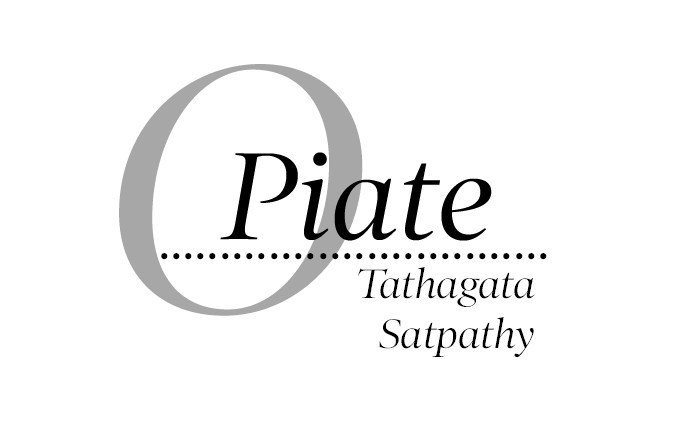The deed is finally done. The Sharma Oli government in Nepal has won the support of the Lower House of parliament for the new political map that laid claim over a considerable stretch of land in Uttarakhand’s Pithoragarh district, which India claims as its own and Nepal as its very own. The proposal will now go to the Upper House for passage and final parliamentary clearance. The interesting part is PM Oli was noticed to be facing domestic discontent for some time. Maybe to ward off Opposition inroads at home, he has initiated this move by which annexation of Indian territory will build his image as a strong man.
Notably, this time also, all the back channel and so-called hectic diplomatic activities are supposedly being conducted under the direct guidance of National Security Adviser (NSA) Ajit Doval. Here again, the Nepalese are known to be antagonistic towards Doval for his active role in trying to bring back monarchy in Nepal and instigating the Madhesis to fight against Kathmandu during the 2015-16 period. Therefore, India’s efforts at appealing a cooling down Nepal may have started off with a wrong person at a wrong time.
It can safely be said that Nepal laying claim to Indian territory is at the behest of China, which saw an opportunity to open a new front against India and wean away another neighbour to its side, in the same fashion as it did with Sri Lanka, Bangladesh and the Maldives. The drift in India-Nepal relations has been on for a while after India’s blockade against Nepal in 2015 on the Madhesi issue, where Nepal was left in the lurch as essential commodities like fuel and medicines were not allowed to pass over to the nation by India. China had taken this opportunity extend support to Nepal and has strategically strengthened ties over time.
Some sources claim Nepal has said that it had informed India earlier about construction of a military fortification in the presently disputed area. But it got no response from India. Since India has not acknowledged the claim of Nepal, this bit of information is difficult to verify. India has taken the stand that this ‘artificial enlargement of claims’ was not based on ‘historical fact or evidence.’ The matter came to a head after India inaugurated an 80-km long road for Hindoo pilgrims to Manasarovar.
Clearly, this is the beginning of big troubles ahead. Several underlying factors conspired to take matters to such a head. Although India’s relations with Nepal were excellent for a long period of time, recent history demonstrates the souring of ties. This was especially noticeable during the last visit of Nepal’s Prime Minister Oli to New Delhi. He had, among smaller demands, one major point in his wish list. An undisclosed but presumably staggeringly high amount of demonetized Indian currency notes are lying in Nepalese banks since Novemner 2016. Oli wanted the currency to be exchanged by India. Since the RBI had already claimed complete return of all old currency, the government of India did not accept this request. Nepal feels it has been wronged by India in this matter and for no fault of its government.
India, clearly, has two options. One is to squarely face the situation and take on Nepal. But Nepal is not the adversary. If a military solution is sought, then India will have to prepare for facing China. The other alternative is to have patience and talk things through diplomatic channels. Although the time for this is already very late, the past performances of the Modi government clearly indicate that the domestic media will be managed and attempts will be made to make people forget that these areas ever belonged to India. Once the home voter does not see or read of any border disputes or conflicts, India’s government will be happy with its achievements. The ardent nationalists cannot possibly rant about China or Nepal at the same level as against Pakistan. A defeated India does not translate directly as a political defeat. For those nationalists, making people forget issues is the ultimate happiness.
